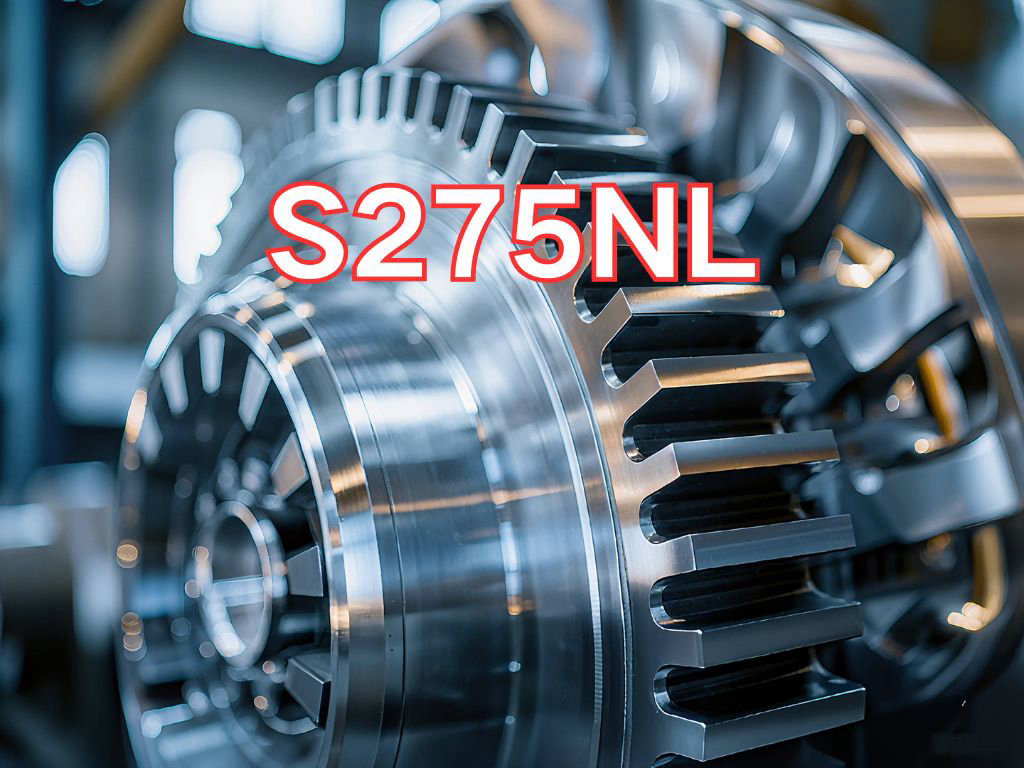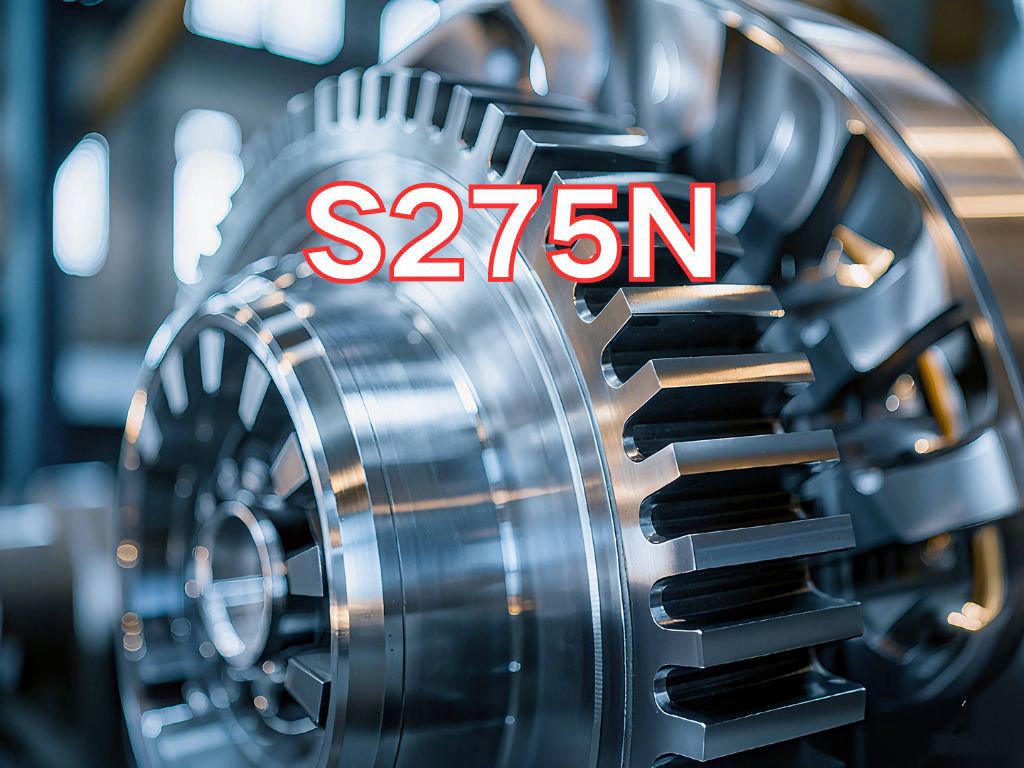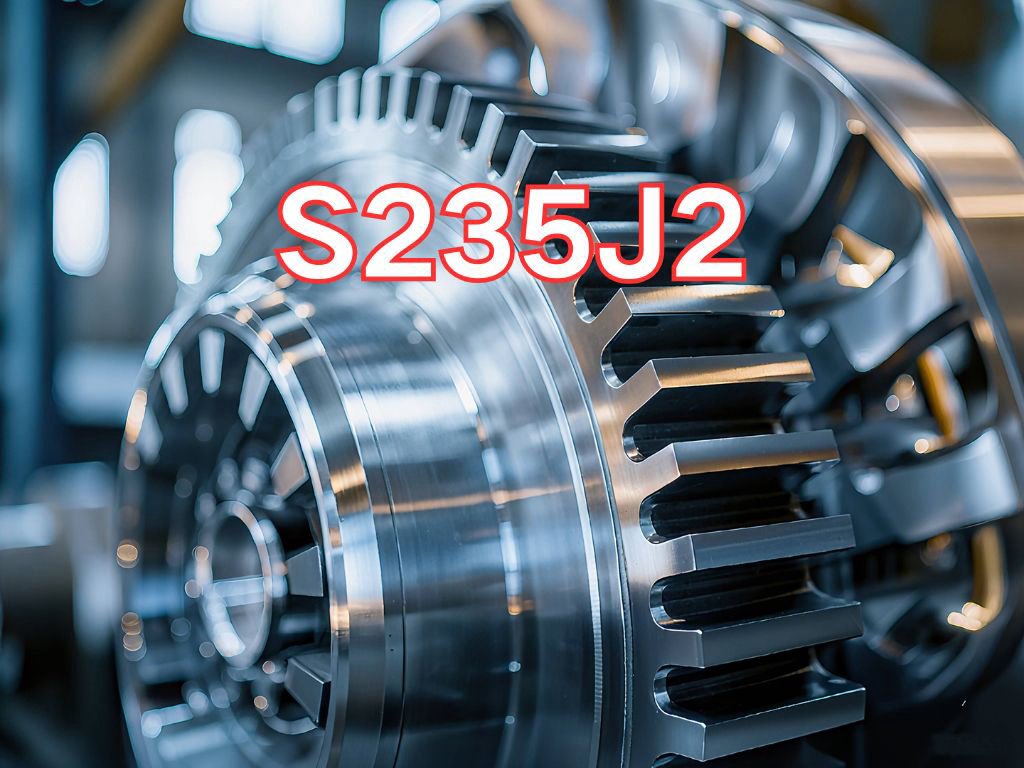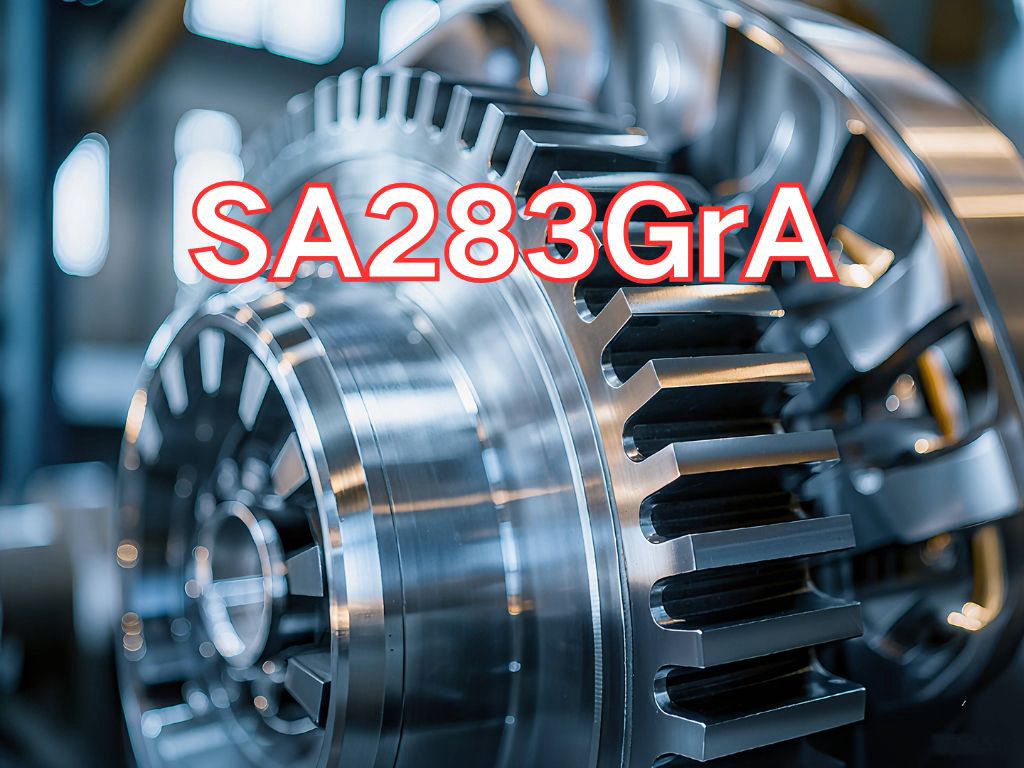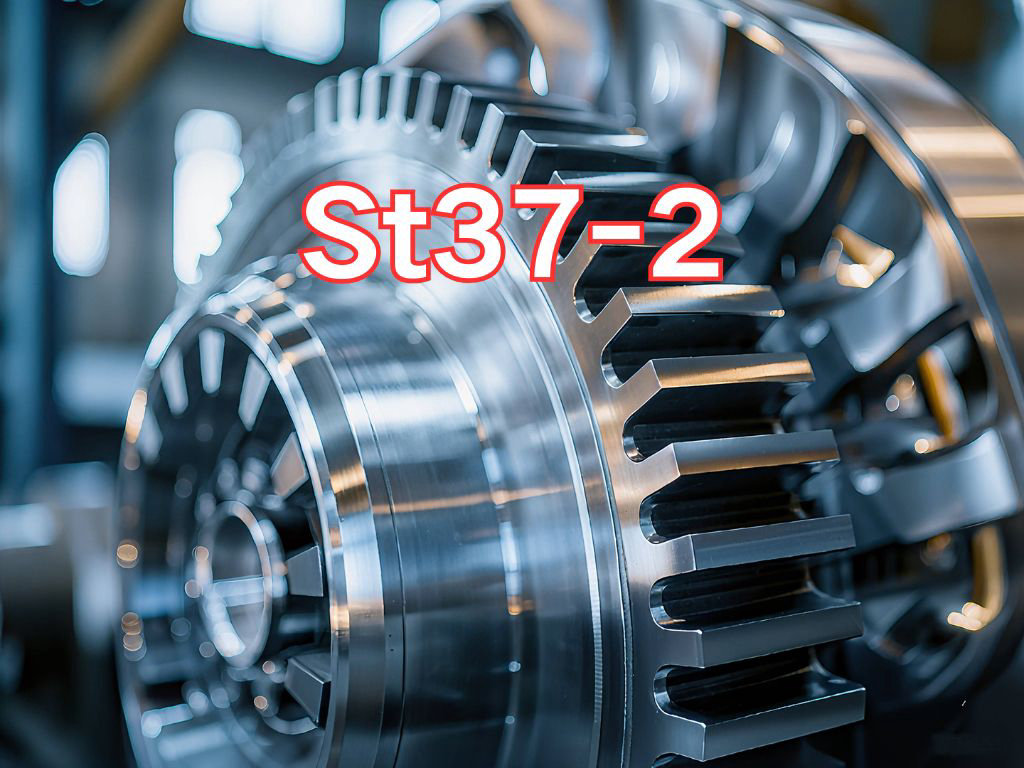

AS3678-250
AS3678-250 is a medium-strength carbon structural steel plate, with its designation conforming to the Australian/New Zealand Standard AS/NZS 3678:2016 "Structural Steel—Hot-rolled Plates, Floorplates and Sheet for General Structural Purposes". Jointly published by Australia and New Zealand, this standard is the core specification for structural steels used in construction and engineering projects across the region, widely applied in bridges, buildings, and mechanical manufacturing. The AS3678 standard systematically classifies materials based on yield strength and quality grade, with AS3678-250 being the base strength level.
The designation "AS3678-250" has a clear meaning:
"AS3678" refers to the standard number, AS/NZS 3678.
"250" indicates the specified minimum yield strength of 250 MPa. This strength grade is comparable to internationally used standards such as China's Q235, Japan's SS400 (yield strength ~245 MPa), and Europe's S235JR, placing it in the low-to-medium strength category for structural steel. It provides sufficient load-bearing capacity for most conventional structural applications while offering good cost-effectiveness.
The primary application of AS3678-250 steel plate is in the fabrication of general building structures, industrial facilities, and non-critical mechanical components. Due to its stable performance, ease of processing, and low cost, it is one of the most widely used structural steels in Australia and New Zealand. Typical applications include:
Construction and Steel Structures: Used for beams, columns, bracing, trusses, and other load-bearing or non-load-bearing components in factories, warehouses, office buildings, and similar structures.
Bridge Engineering: Used for secondary structural members or auxiliary components in small-to-medium-sized bridges.
Mechanical Manufacturing: Used for machine frames, bases, conveyor frames, enclosures, and other mechanical parts with moderate strength requirements.
Infrastructure: Used in fences, supports, platforms, stairs, walkways, and other municipal or industrial facilities.
Transportation: Used for frames and bodies of ordinary trucks, agricultural machinery, and transport equipment.
Its main characteristics include:
Moderate Strength: A yield strength of 250 MPa provides sufficient structural stiffness and load capacity for most routine engineering applications.
Good Weldability and Workability: As a low-carbon steel, AS3678-250 has a low carbon equivalent, excellent weldability, and low susceptibility to cracking. It is also easy to cut, bend, and form using both cold and hot working processes, facilitating construction and fabrication.
Good Ductility and Toughness: This grade typically guarantees room-temperature impact toughness (e.g., Charpy V-notch test), providing adequate resistance to impact loads and adaptability to dynamic stresses.
High Cost-Effectiveness: With mature production processes and low material costs, it is an economical and high-value general-purpose structural material.
Regional Suitability: As a standard material in Australia and New Zealand, AS3678-250 is highly compatible with local supply chains, design codes, and construction practices, making it a preferred choice for structural steel in regional projects.

Ultrasonic Testing (UT)
A key non-destructive testing technique that uses high-frequency sound waves to detect internal flaws in steel plates. The probe emits sound waves, which reflect when encountering defects such as cracks or inclusions. The receiver captures the echoes, enabling precise determination of defect location and size. With high sensitivity, strong penetration, and fast inspection speed, UT effectively ensures internal quality, widely used in the production of heavy plates, pressure vessel plates, and other high-end products to guarantee safety and reliability.

Magnetic Particle Testing (MT)
A common surface inspection method that magnetizes the workpiece, causing leakage magnetic fields at surface or near-surface defects like cracks or inclusions, which attract magnetic particles to form visible indications. Simple to operate and highly sensitive, MT is suitable for rapid inspection of surface and near-surface flaws in ferromagnetic materials, widely used for online or offline inspection of plate edges, ends, and welds, ensuring product quality and safety.

Penetrant Testing (PT)
A non-destructive method for detecting surface-breaking flaws. A penetrant liquid is applied to the cleaned steel surface, allowing it to seep into defects such as cracks or pores. After removing excess penetrant, a developer is applied, causing the trapped penetrant to bleed out and form visible indications. Simple and cost-effective, PT is suitable for inspecting surface defects in various non-porous materials, commonly used for welds, castings, and complex components, effectively ensuring surface quality of steel plates.


